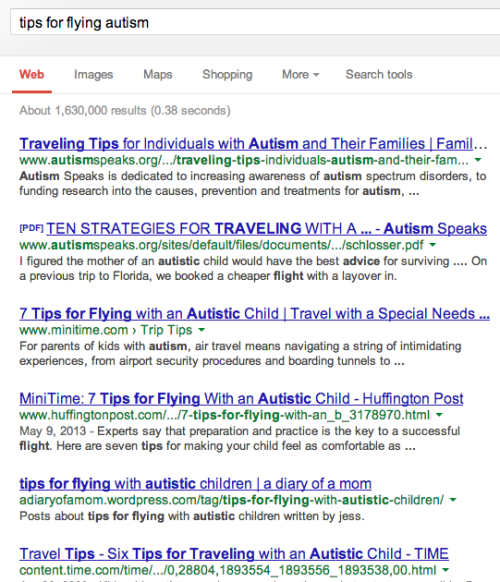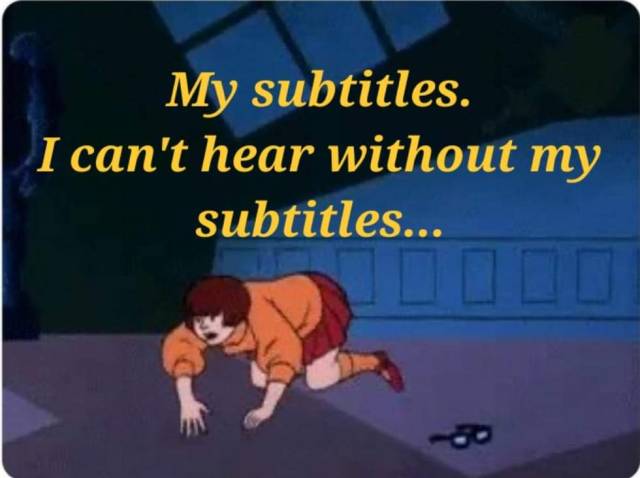#sensory processing
Gene Associated With Autism Linked to Itch Response
A pilot study from North Carolina State University has found that a gene associated with autism spectrum disorder (ASD) and pain hypersensitivity may actually decrease itch response. Atopic dermatitis and pain hypersensitivity are both conditions associated with some types of ASD.
The gene in question, contactin associated protein 2 (CNTNAP2), is thought to be linked to a mutation associated with some forms of autism. This gene is found throughout the dorsal root ganglia (DRG), which are clusters of sensory cells located at the root of the spinal nerves. The DRG is the superhighway that transmits sensations of both pain and itch from the skin through the spinal cord to the brain.
“Since atopic dermatitis is often associated with ASD and CNTNAP2 is both linked to pain hypersensitivity in ASD and expressed in almost all DRG sensory neurons, we wondered whether CNTNAP2 might also contribute to itch behavior,” says Santosh Mishra, assistant professor of neuroscience at NC State and author of the study.
Mishra compared itch response in mice with the CNTNAP2 gene to those without it. In the presence of both histamine and non-histamine based stimuli, the CNTNAP2 knock-out mice, or mice without the gene, had a reduced itch response compared to mice with the gene.
“If there is a link between ASD and atopic dermatitis, then mice without a normal CNTNAP2 gene would be expected to have an increased itch response just as they have increased sensitivity to pain,” Mishra says. “There are several possible explanations for this finding, ranging from standard physiological differences between humans and animals to CNTNAP2’s potential role in releasing neuropeptides that could affect this response.
“But we also know that pain can suppress itch sensation and vice versa. Just as some humans with ASD have higher pain sensitivity, so do mice without CNTNAP2. That pain sensitivity may be inhibiting the itch sensation.”
Mishra hopes that this pilot study may pave the way to further exploration of the role of CNTNAP2 in itch.
“The functional role of CNTNAP2 in the neural transmission of itch is unknown,” Mishra says. “While this study sheds light on the possible linkage between ASD and itch, it’s limited because it is primarily based on behavioral, not cellular or molecular, results. Future studies may be required to dissect the molecular underpinnings of CNTNAP2 and itch sensation.”
My home is a sensory dream if rain sounds are your thing. Right now I’m completely enveloped by the sounds of heavy rain on my upstairs roof and glass porch.
Like a hug for my brain.
Just letting you all know that I’m rooting for you during this difficult time.
These circumstances are causing massive amounts of uncertainty and sudden forced changes in routine which as you all know are very difficult for autistic people. Contamination OCD may be going through the roof. Anxiety about the health of our parents and those close to us.
Please know that as much as this absolutely sucks I’m here for you. Let me know if there’s anything I can do- and if not know that I’m keeping my autistic family in my heart during these times. <3 <3 <3
I’m here to help you
Hey all- if you’d like any specific SPD-related content please reply to this post or send an ask/message.
Any and all topics are welcome!
my dad just learnt about how autistic people can’t filter out sensory input and can therefore often hear things like electricity.
anyway. he’s now using this knowledge for evil by telling me off every time I don’t hear something.
so PSA that sensory processing works weirdly and is not something a person can control. sometimes they’ll be able to hear lights buzz, sometimes they can’t hear someone talking directly to them. same goes for all other senses.
someone is not lying about their sensory processing just because it doesn’t make sense to you
can you spot why i want to punch a thing
for anyone who’s autistic and wants a few flying tips, here’s what’s helped me:
- ensure everything that will make the journey easier is ready to go beforehand. charge all your devices and load them with your current favorite songs, new episodes of podcasts you enjoy, tv shows, etc
- outline a routine for yourself for maximum fun in advance for when you’re at the airport. for example, rather than buy a book or magazine in advance, i wait until the airport so i can spend a half hour or so browsing because book shops make me super happy
- grab a pack of hard lollies to suck on while taking off and landing! for some people this helps with ear popping (i find it helps me a lot) but i also find just having something delicious to focus on and capture my attention while taking off and landing helps handle my anxiety
- if ear popping really bothers you, try earplanes! if your airport has a pharmacy they’ll be available there, otherwise you can get them from most pharmacies or even from amazon.
- try grabbing a window seat, because it means you only need to sit next to one person and you don’t get everyone on the plane brushing past you (alternatively, consider an aisle seat if having an occasional walk up and down the aisle will help you to relax, because then you don’t need to worry about asking to get past others)
- if noise bothers you, bring a pair of noise cancelling headphones to use with a device so you can block out noise, and see if you can grab a red eye flight because passengers are typically asleep so there’s much less talking and movement in general (plus they’re cheaper, so it’s a win-win)
- if smells bother you, have a pleasant smell on your wrist or a pleasant smelling object you can sniff when they’re cooking airplane food, or go for red eye flights and shorter flights which usually mean there won’t be any cooked meals
- stewards will usually come through to check that your seatbelt is fastened and that your devices are off and in airplane mode for take off and landing, so i make sure those are the first things i do when i’m on the plane so i don’t get people leaning over to help me fasten my seatbelt and junk
- a pack of cleansing wipes for your face and hands from the airport pharmacy can really help with that ‘ugh confined space with too many germy people’ feeling
- check to see what food is offered on the plane in advance to ensure you’re not stuck on a plane with nothing you can eat due to textures/smells/etc! i hate cooked plane food so i usually grab a sandwich and some pretzels from the airport before i get on the plane
- if you have meltdowns print some cards for stewards to let them know how best they can help if you have one (for example, if a blanket or a water would help, etc)
hope some of this helps!!
(note: a lot of the items i mentioned can be grabbed for cheaper than at the airport, just check what you’re allowed to bring into the airport beforehand because everywhere has different rules!)
NOISE CANCELLING HEADPHONES: BROWSE AHEAD OF TIME!!!
Okay, so here’s the thing, not all noise cancelling headphones are alike. I found this out when I was overloaded by putting on a pair.
I’m no noise-cancelling headphone expert, but I do know that you should know how they cancel the noise before you get them. Is it the electronic white noise? Is it done with increased air pressure (those are the ones that caused a pretty near breakdown - I took them off quickly and recovered by the time we got to the other side of the store so I could sit and breathe a moment, but still), or do they do it by being oversized and mushy, so they absorb the sound before it gets to your ears?
This is IMPORTANT information, especially since these headphones are always referred to as “noise cancelling” with no mention of the means.
(Note: I’m not autistic, but I do have sensory processing difficulties. I’m also a self-declared geek who enjoys explaining technology…)
If you read carefully, you usually can tell the difference. Technically speaking, these headphones fall into two categories: noise canceling and noise isolating. (I know, it is easy to mix up. And they are sometimes marketed deceptively/incorrectly labeled to boot.)
Noise canceling headphones use “active noise cancellation,” that is, they create more sound to cancel the exterior sound. Since sound is ultimately pressure waves, these headphones create extra pressure on your eardrums. Most people don’t notice it, but it’s really common for people with sensory processing difficulties to find it very difficult to tolerate. Some people also experience this as a low-level hiss, buzz, or hum. The easiest way to tell that you’ve got a pair of noise canceling headphones is that they will have either batteries (replaceable or rechargeable) or an external power plug. (Note: USB headphones can draw power over the USB port, so this trick doesn’t work for USB headphones.)
Noise isolating headphones use some form of sound insulation (usually some sort of foam) to decrease the amount of outside noise that makes it to your ear. These are often large and bulky because of the size of the sound insulation. You can also find noise isolating headphones that look like earbuds and function as a combination of earplug and headphone (these are my favorite kind). Noise isolating headphones do not have batteries or an external power supply.
To summarize: If it has batteries, needs to be charged, connects to a power plug, or is labeled as “active noise cancellation,” then proceed with caution.
Post link


